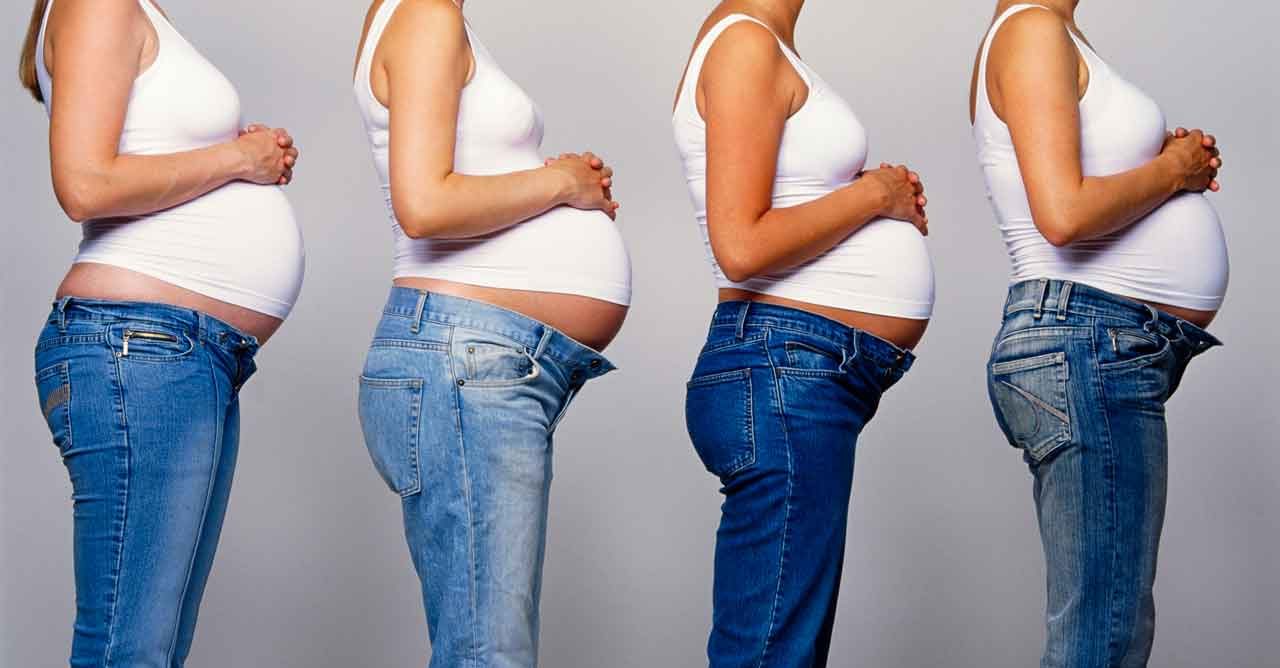Chances of Miscarriage

Your chances of miscarriage drop as the weeks pass. About 80 percent of miscarriages occur within the first 13 weeks, usually because of genetic issues.
No two women are exactly the same, but there are general rules about the risk of miscarriage. Your chances of miscarriage go down after week five, to about 20 percent. Once you’re out of the first trimester — the first 13 weeks — the risk drops to one percent.
The numbers you’ll see are based on averages. Most of the time pregnancies go wrong for reasons the woman can’t control. Often in those early days, she doesn’t know she’s pregnant. The usual cause is a genetic flaw that meant the baby could not have survived after birth.
Exposure to alcohol could hurt the fetus — one reason you might go easy on alcohol if you are trying to conceive. Once an ultrasound catches a healthy heartbeat, the risk of miscarriage drops dramatically.
YOU MIGHT ALSO LIKE: Our Pregnancy Week by Week section
It’s common to have some spotting during a pregnancy, so don’t assume bleeding indicates a miscarriage. Talk to your doctor. If the bleeding is heavy or you have intense cramps, go to an emergency room.
Age, smoking, cocaine, lots of coffee, uncontrolled diabetes or high blood pressure, and hormonal disorders increase your risk.
Here are guidelines for the chances of miscarriage by week.
Week three and four
About a week after ovulation and three weeks after your last period, implantation occurs. A week later, you might get a positive result on a pregnancy test. More than half of all pregnancies end before this point, and you’ll never be sure that you were even pregnant.
Week five and six
The risk of miscarriage drops to around 20 percent, according to a large study of women in North Carolina, Texas, and Tennessee from 2000 to 2009.
Week six and seven
In this period, the chances of miscarriage drop to just five percent in the same study. During week six, a heartbeat might show up on an ultrasound.
Weeks eight to 13
At this point, the miscarriage rate drops to between two and four percent.
Weeks 14 to 20
Now the chances of miscarriage are less than one percent.
The term stillbirth is used only if the pregnancy ends after 20 weeks. By then, you may go into labor.
Weeks 20 to 26
The chances of a baby born in this stretch staying alive are slight.
Weeks 26 to 30
Most premature babies born in this period in wealthy countries can survive. Nearly all live if they are born afterwards.
Overall, in weeks five through 20, the chances of miscarriage are somewhere between 11 and 22 percent, according to a 2012 meta-analysis of studies. Your own risk depends on personal factors like your health.
Age affects the risk of miscarriage quite a bit. If you are under age 35, you run a 15 percent chance of miscarriage. That figure goes up to between 20 and 35 percent in the next decade. After 45, you run a 50 percent chance. But some women carry healthy babies to term even in their late 40s and in their 50s.
It’s also important to remember that a miscarriage doesn’t mean you can’t have a baby, or that you’ll have trouble getting pregnant. Some evidence suggests that if you are trying to conceive, your chances may be better immediately after a miscarriage. Only about one percent of women have two or more miscarriages.
Updated:
December 17, 2019
Reviewed By:
Janet O’Dell